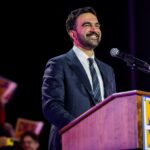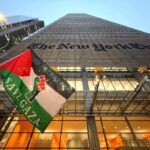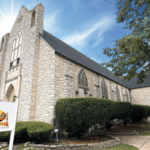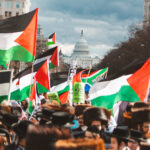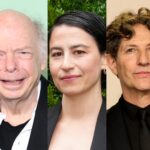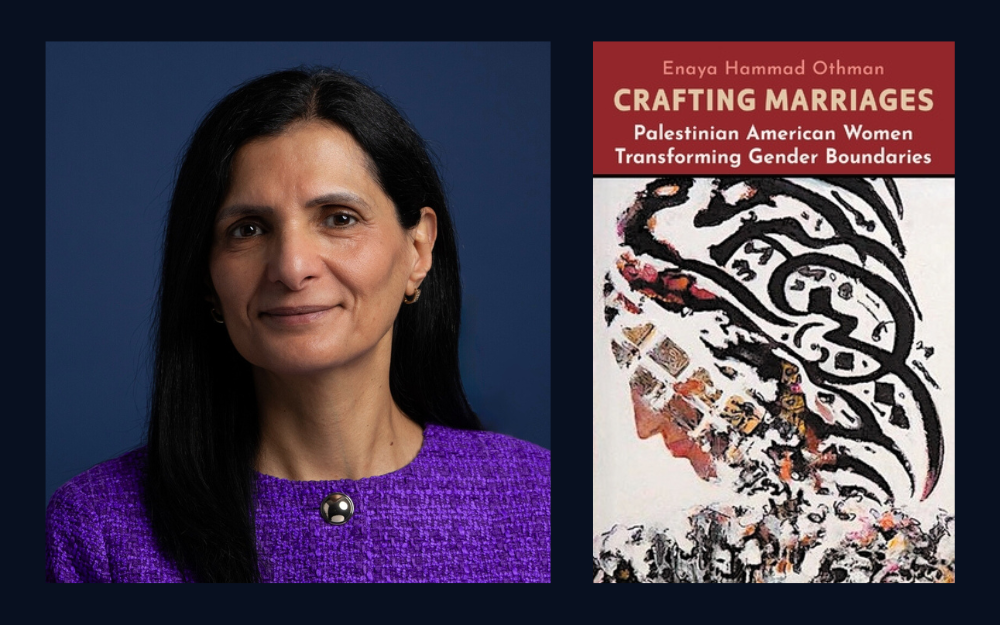
The Islamic Resource Center, 5235 S. 27th St. Greenfield, will host Enaya Othman, Ph.D., Saturday at 7 p.m. for the launch of her new book, Crafting Marriages: Palestinian American Women Transforming Gender Boundaries.
“As an immigrant from Al-Bireh, Palestine, I have been listening, observing, and experiencing the dynamics informing identity formation and marriage decisions of the Palestinian American community in Milwaukee … for more than thirty years,” Marquette University Professor Enaya Othman writes in her new book, Crafting Marriages: Palestinian American Women Transforming Gender Boundaries.
Enaya Hammad Othman, Ph.D., founder of the Arab and Muslim Women’s Research and Resource Institute (AMWRRI), historian and Marquette University professor of Arabic languages and cultures, is a prolific and respected scholar with a keen interest in the lives of Palestinian American women. A member of Greater Milwaukee’s Arab, Palestinian and Muslim communities herself, she’s conducted much of her research here.
The launch of Crafting Marriages will be held Saturday, 7-9 p.m., at the Islamic Resource Center, 5235 S. 27th St., Greenfield. The IRC will host a discussion with Dr. Othman for the general public. The event is free and all are welcomed. Register here.
Research based on Palestinian American women’s stories
Dr. Othman founded AMWRRI, a nonprofit organization, in 2009. It uses oral history, digital storytelling and public scholarship to document and amplify Arab and Muslim communities in the diaspora. For her research, Dr. Othman draws on AMWRRI’s Oral History Project, with its oral histories of first, second and third generation Arab and Muslim immigrants, largely from the Milwaukee area.
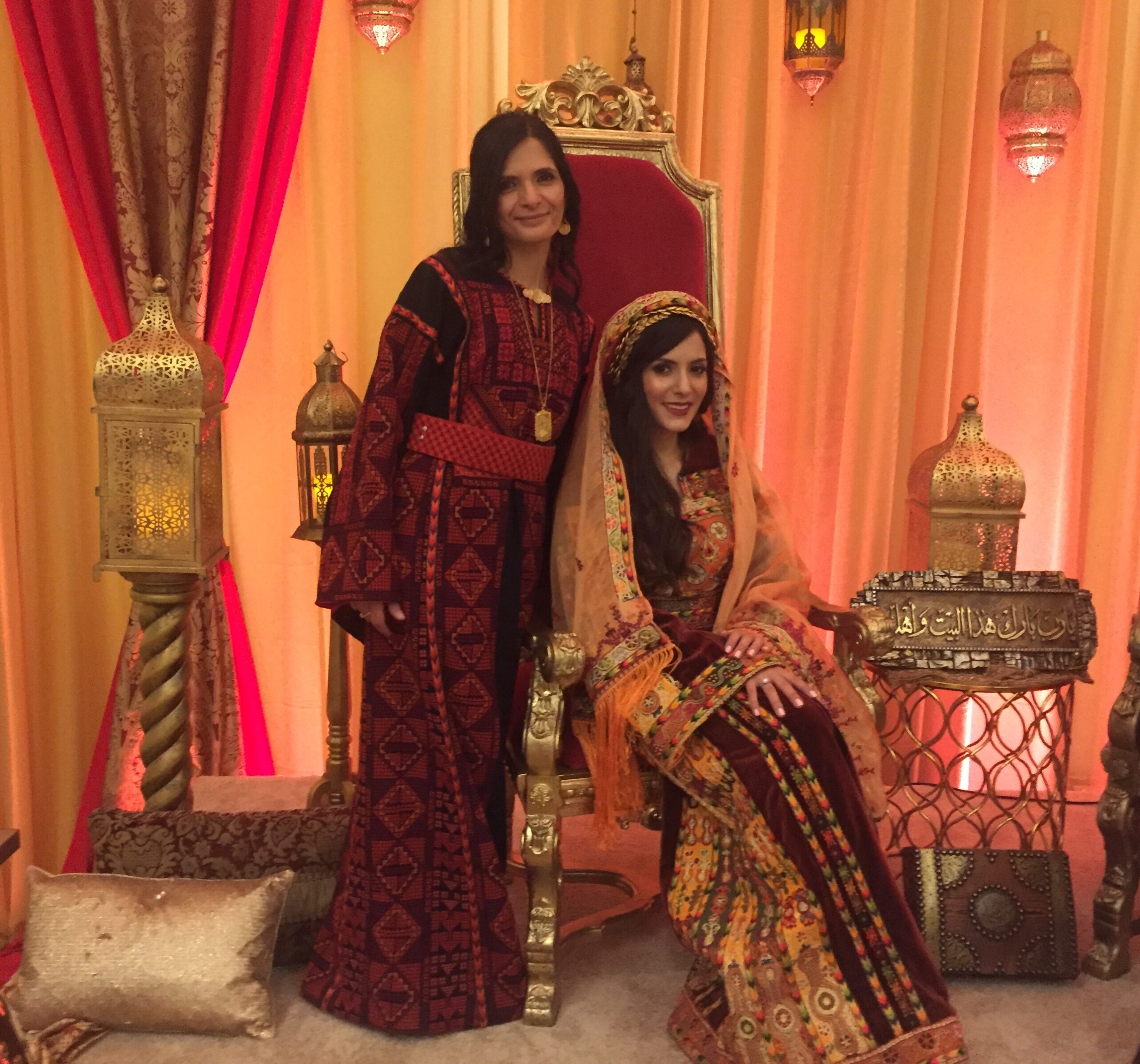
Marquette University Professor Enaya Othman (left) and her daughter Leean Othman (right) wear traditional Palestinian thobs at Leean’s wedding.
Publisher Syracuse University Press calls her new book “a richly detailed ethnographic study of marriage patterns among Palestinian American women from the 1950s to the 2020s.”
Through careful analysis of over 60 personal narratives, family documents and marriage videos, Othman examines how Palestinian American women have become key agents of culture change, negotiating between traditional expectations and contemporary possibilities.
“Crafting Marriages is a foundational and long-awaited contribution to the social sciences, the humanities and anyone interested in gaining a nuanced understanding of gender and family in this community,” wrote Nadine Naber, Ph.D., a well-known scholar and professor in the Gender and Women’s Studies Program, the Global Asian Studies Program and the Department of Anthropology at the University of Illinois at Chicago.
“It counters the official narratives about Palestinians, Palestinian women, Arab women and Muslim women, providing an alternative to the colonial narrative not written by us,” Dr. Othman said in an interview this week with the Wisconsin Muslim Journal. “Like the oral history archive I’m building through my organization, it is based on stories told by the women themselves and my observations as part of this community for the past 35 years.”
A preview with Dr. Othman
In a recent interview, Dr. Othman talked about her research and shared highlights from her new book, Crafting Marriages: Palestinian American Women Transforming Gender Boundaries, published this month by Syracuse University Press.
Here’s the Q & A:
How are you feeling about your book launch Saturday at the IRC?
I want to thank Janan (MWC founder Janan Najeeb) and the Muslim Women’s Coalition for hosting this event, and not only hosting it. We have collaborated together many times. When I was preparing this book, I sat with Janan and talked with her about it. We exchanged conversations. Janan and MWC are part of the story I tell. We are building this history together.
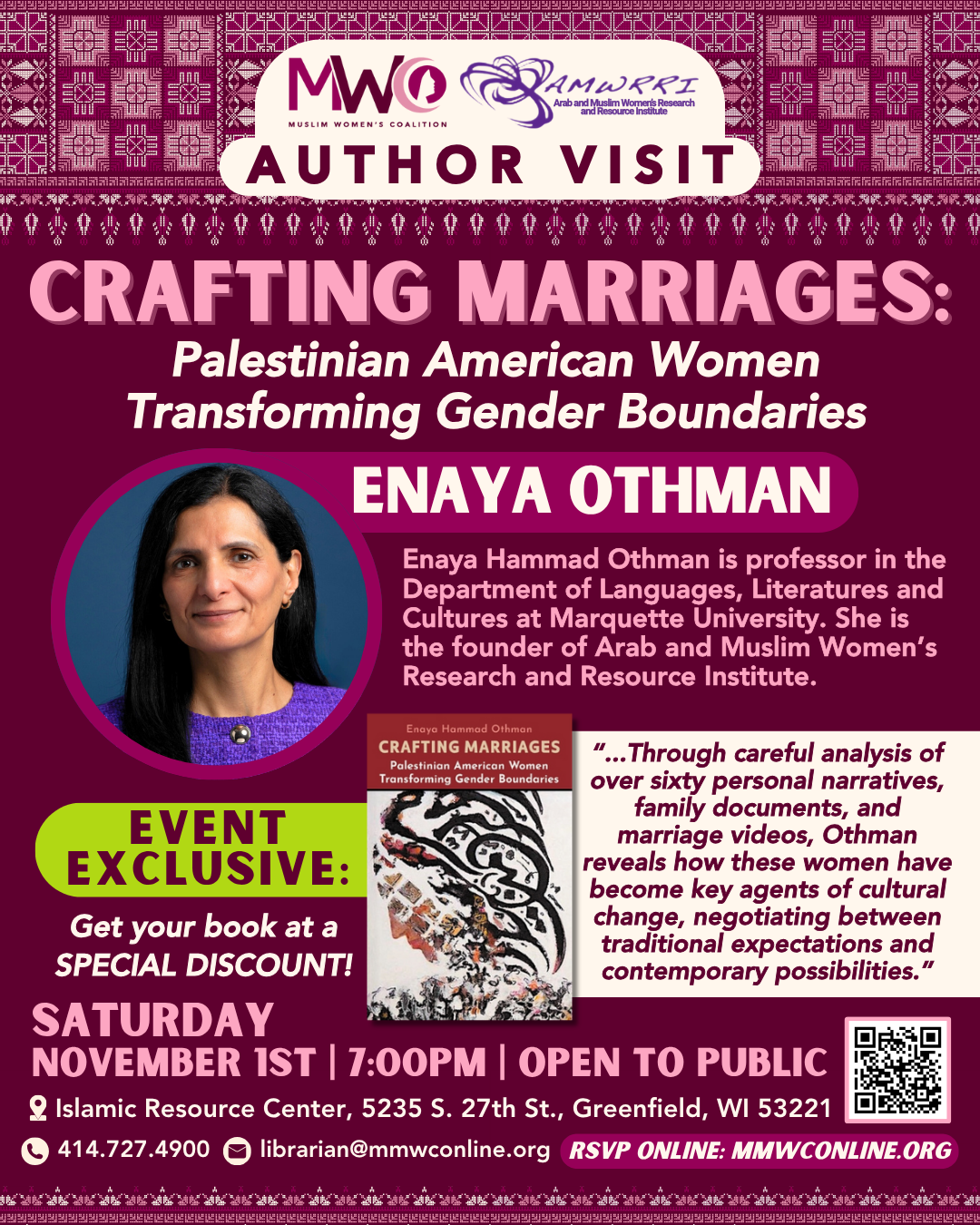
Who can benefit from this research?
My main objective has always been to document our histories as part of American history and Milwaukee’s history. I want my book to be a contribution to academia’s discussion of identity, gender and social transformation.
I think it is important for Arab American studies, Palestinian studies, gender studies and American history.
I also want it to be useful to women—Arab women, Muslim women and Palestinian women—to inform themselves about their multi-layered identities and how these layered identities intersect with the community they live in.
It’s also a challenge to the Western feminist narrative that sees us without agency, in need of saving. It shows how Palestinian American women are building strategies in every decade and engaging in a negotiation process with their families and communities to recreate and change their lives.
What inspired you to pursue it?
In addition to recording our history, one goal of our Oral History Project is to document the community needs and consider how to address them. Through my engagement with women in the community, especially Palestinian women, they’ve shared their aspirations about marriage and their preferences in marriage partners.
Some women have shared that although they are Palestinian, they want to marry a Pakistani or a convert but they don’t always feel approval from the Palestinian community. The first ones who married outside the community said they sometimes felt ostracized. But these women don’t want to divorce themselves from their culture. They want to be in the culture but challenge some of the traditions.
Some of them said, ‘Why don’t you write about this?’
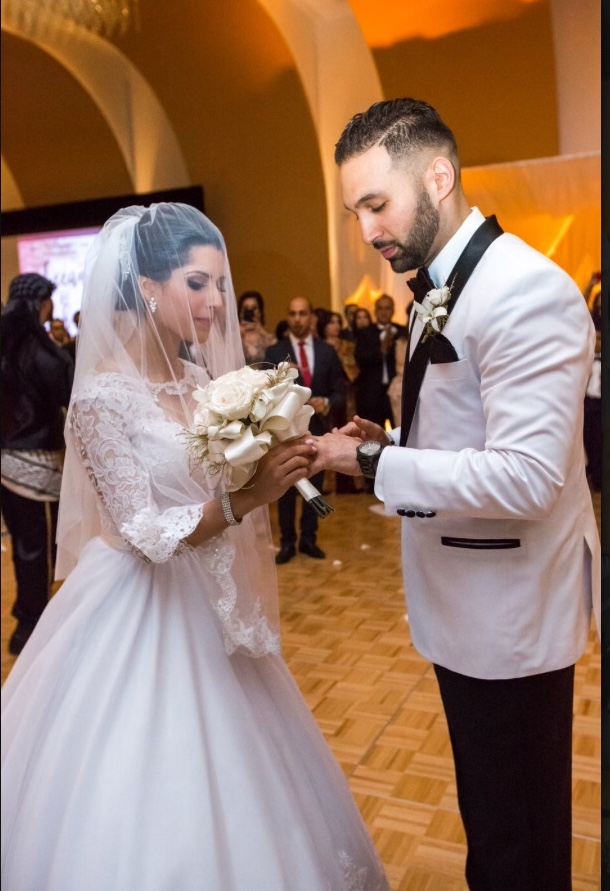

What did you learn in working on this research and writing this book?
I learned a lot from the women’s personal stories, the challenges they faced and the negotiation strategies they developed. They reminded me of what I teach my students, ‘Do not generalize.’ One theme can’t be applied to the whole group. If we do that, we will be “orientalizing” them.
I discovered this negotiation of marriage traditions by women over three generations is complex and interwoven within the historical contexts of nationalism, displacement, statelessness, occupation, migration, Islamophobia and discrimination against Arabs, Muslims and Palestinians. And there are also transnational factors like Arabism and Islamic revivalisms as well. I use the plural ‘revivalisms’ because Islamic revivalism took different shapes in each culture or country but they all affected Milwaukee as people from many countries immigrated here.
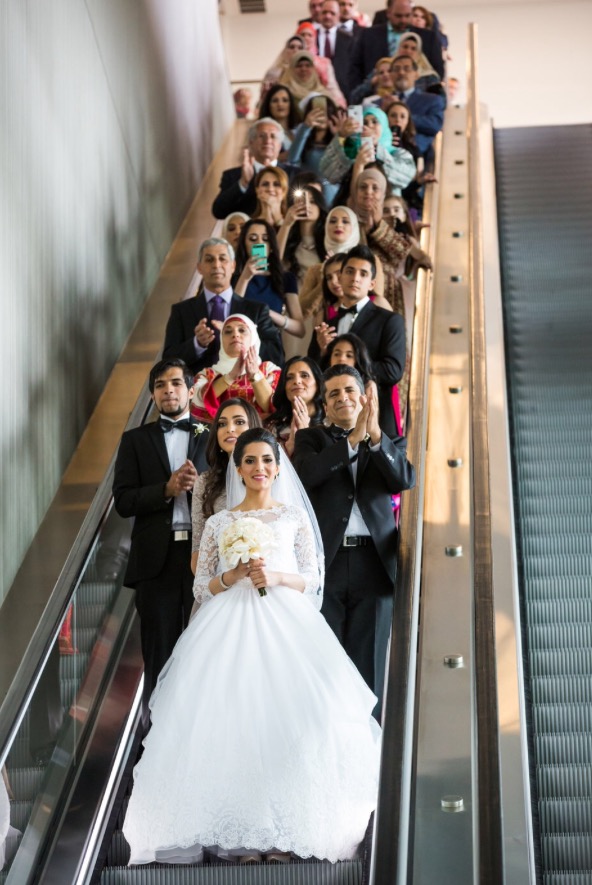
How have Palestinian American women’s marriages changed?
I found transformations in marriages between the newly-arrived immigrants and the second and third generations, even in the same household. The older sister may have married someone from the same Palestinian village or a relative but the younger sister may have a different story. Likewise, you cannot say the first immigrant generation was basically this way and the next generation was like that. But over time, you see the major transformations.
Although now, after 2000, you see more women marry outside their nationality group, I discovered that, even now, Palestinian American women will look first for a Palestinian man who meets their criteria for marriage. I think this is related to being a displaced population. Even when Palestinian Americans marry outside, they reconcile this by keeping the Palestinian marriage rituals and traditions alive.
What are you working on now?
I was invited by Cambridge University Press to propose a book based on my research about Palestinian women’s resistance to colonialism through dress. The working title is Resistance through Threading Fashion: Transnational Reproduction of Palestinian Cultural Clothing.






